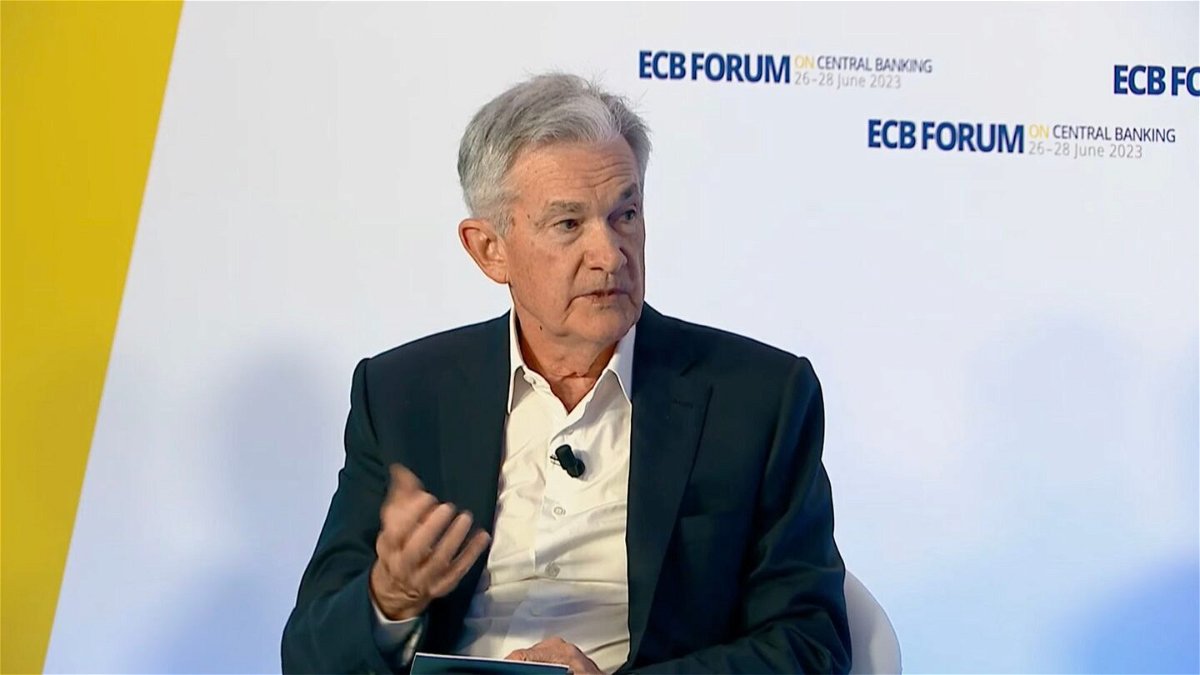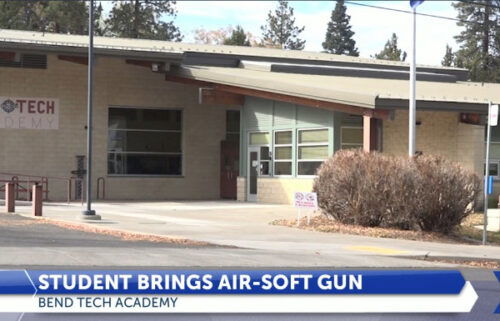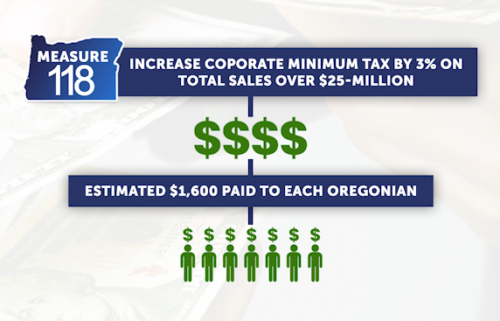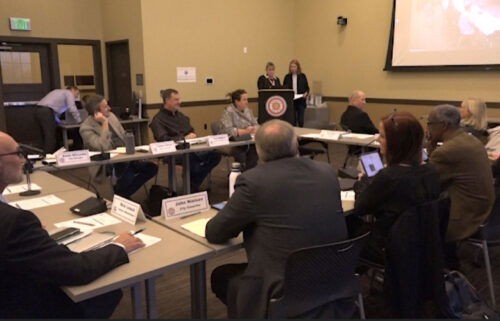Fed Chair Powell: Not ruling out back-to-back rate hikes

Jerome Powell participates in a panel with other central bankers hosted by the European Central Bank in Sintra
By Bryan Mena, CNN
Washington, DC (CNN) — Federal Reserve Chair Jerome Powell doubled down Wednesday on the hawkish view that the central bank isn’t done tamping down inflation, and could even implement consecutive rate hikes at its upcoming monetary policy meetings.
“If you look at the data over the last quarter, what you see is stronger than expected growth, a tighter than expected labor market and higher than expected inflation,” Powell said during a central banker panel hosted by the European Central Bank in Sintra, Portugal. “That tells us that although policy is restrictive, it may not be restrictive enough and it has not been restrictive for long enough.”
Powell said officials haven’t decided how and when they will raise rates, including if they will hikes rates at every other meeting or do back-to-back rate hikes.
“I wouldn’t take moving at consecutive meetings off the table at all,” he said.
Core inflation remains a headache for the Fed
In congressional hearings last week, Powell said the Fed still has more work to do to bring down inflation that has been running well above the central bank’s 2% target. Central bank officials voted earlier this month to pause the Fed’s most aggressive rate-hiking campaign in decades.
The Fed’s position could mean as many as two more quarter-point hikes sometime this year, according to the latest Summary of Economic Projections. But it’s not clear at what meeting officials will vote to raise interest rates, especially given that they won’t learn much about the economy before their upcoming meeting in July.
Some Fed officials have made it clear in recent speeches that inflationary pressures persist, pointing to core inflation, which excludes volatile food and gas prices, not decelerating as fast as overall inflation. At the ECB conference in Sintra, Powell echoed that sentiment pointing to services inflation — which includes labor-intensive businesses such as restaurants and health care facilities — remaining stubbornly high.
“Labor costs are really the biggest factor in most parts of that sector,” Powell said. “We need to see a better alignment of supply and demand in the labor market and see some more softening in labor market conditions so that inflationary pressures in that sector can also begin to subside.”
An often-cited paper by former Fed chair Ben Bernanke argued that the labor market has had a minor, but persistent, impact on inflation that can only be remedied by the economy slowing further. That makes a case for more rate hikes.
The labor market has held remarkably steady in recent months, routinely bucking expectations. Employers added a robust 339,000 jobs in May, while the unemployment rate ticked up to a still-low 3.7% that month.
The pause was partly due to uncertainty over credit conditions
Powell said part of the reason why Fed officials voted to hold rates steady had to do with the bank stresses that emerged in the spring.
“Part of the decision, in my thinking anyway, was the bank stress that we experienced earlier this year,” he said. “There’s a fair amount of research showing that when something like that happens, bank-credit availability and credit can can move down a little bit, with a bit of a lag, so we’re watching carefully to see whether that does appear.”
The Fed’s latest survey of senior loan officers showed that banks were toughening their lending standards even before the bank failures. Powell argued that it’s still unclear whether that intensified after the turbulence in March.
Economists and some Fed officials have said that bank stresses can have the same effect on financial conditions as a rate hike.
Powell touches on fiscal policy
One thing Powell won’t do is substantively weigh in on fiscal policy or government spending. But the Fed chair did offer a tiny piece of commentary Wednesday, saying that at the moment, government spending is not a source of inflation.
It’s true that spending packages approved by Congress can boost demand, and Bernanke’s paper argued that was a major reason why goods inflation rose in 2021, but Powell said government spending has normalized.
“I will add, though, without crossing any lines, that the spending during the pandemic was very high and it’s come down — and so we look at the fiscal impulse from the level of spending and it’s really not material. It may even be slightly contraction, but let’s just say it’s flat,” Powell said. “If you look at where the inflation is in the economy, I wouldn’t say that that’s an important driver of inflation or something that we think about or consider.”
The-CNN-Wire
™ & © 2023 Cable News Network, Inc., a Warner Bros. Discovery Company. All rights reserved.



